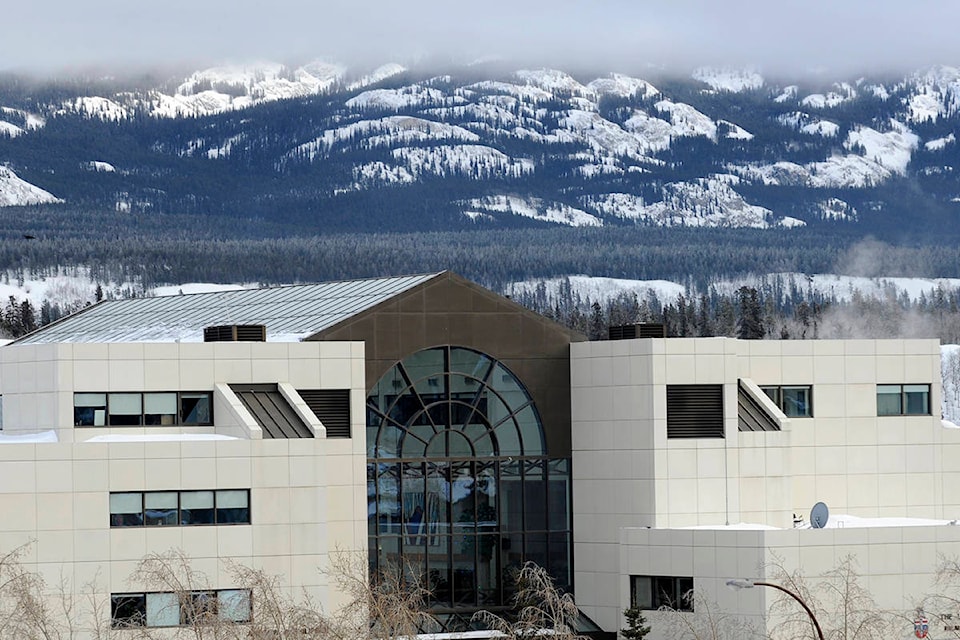Two Dawson City placer miners who had their claim grant renewal applications rejected because they did not notify the Yukon government before starting their work are taking the territory’s minister of energy, mines and resources (EMR) to court.
In a statement of claim and affidavit filed to the Yukon Supreme Court Nov. 22, Michel Vincent and Michael Heydorf, who jointly own seven placer mining claims in an 80-20 split, allege that the Dawson Mining Recorder, under the direction of Minister Ranj Pillai’s office, is “knowingly and willfully breaking … the Canadian Constitution.”
At the heart of the dispute is whether Vincent and Heydorf were required to submit Class 1 notification forms to the Dawson Mining Recorder before they started test drilling.
Vincent and Heydorf’s placer claims overlap with a section of Tr’ondëk Hwëch’in settlement land — specifically, Category B settlement land, meaning that the First Nation owns the surface, but not subsurface, rights.
In their statement of claim, the miners argue that, because their claims were staked on or before Oct. 2, 1989, before the signing of the Umbrella Final Agreement or Tr’ondëk Hwëch’in’s Final Agreement, they should be treated as if they were on Crown land, not settlement land.
As such, Vincent and Heydorf claim, they should not be subject to a regulation requiring owners of placer claims located within, among other things, First Nations settlement lands and Tr’ondëk Hwëch’in traditional territory to submit notification forms to the Yukon government before commencing Class 1 mining activity.
The statement of claim says that Heydorf filed an application for grant renewal in September 2017, and that the value of the test drilling claimed on the application was enough for a one-year renewal of the grant. He received a rejection letter from the Dawson Mining Recorder in December 2017 on the grounds that he had not submitted a Class 1 notification form to the Yukon government before doing the test drilling.
Vincent also applied for a grant renewal in November 2017, only to have it rejected for the same reason as Heydorf, the statement of claim says.
The statement of claim alleges that “it is contrary to the Canadian Constitution” for the Yukon government to require owners of placer mining claims that were staked previous to the signing of the Umbrella Final Agreement to submit Class 1 notification forms before they can begin work, and before the Yukon government will accept and register that work.
The lawsuit is asking the court to order EMR Minister Ranj Pillai to accept and register Heydorf and Vincent’s work on their claims and to pay their costs.
Pillai filed a statement of defence Dec. 13, asking for the court to dismiss the lawsuit and deny the granting of any orders.
The statement of defence notes a 2012 Yukon Court of Appeal decision regarding Ross River Dena Council’s lawsuit against the Yukon government, in which the court declared that the Yukon government has a duty to notify, and “where appropriate,” consult with and accommodate Ross River Dena Council before allowing mining activity to take place in the Ross River area.
Since then, and understanding the broader applications of the court’s declaration, the Yukon government has amended the Placer Mining Act and introduced the Class 1 Notification Areas Regulation, with notification areas including Ross River area, the Peel watershed area, the Watson Lake area, all Category A and B settlement lands and the Dawson area.
Tr’ondëk Hwëch’in has also since joined the case as a defendant, and is also seeking to have the lawsuit dismissed.
A case management conference is scheduled to be held in January.
Contact Jackie Hong at jackie.hong@yukon-news.com
